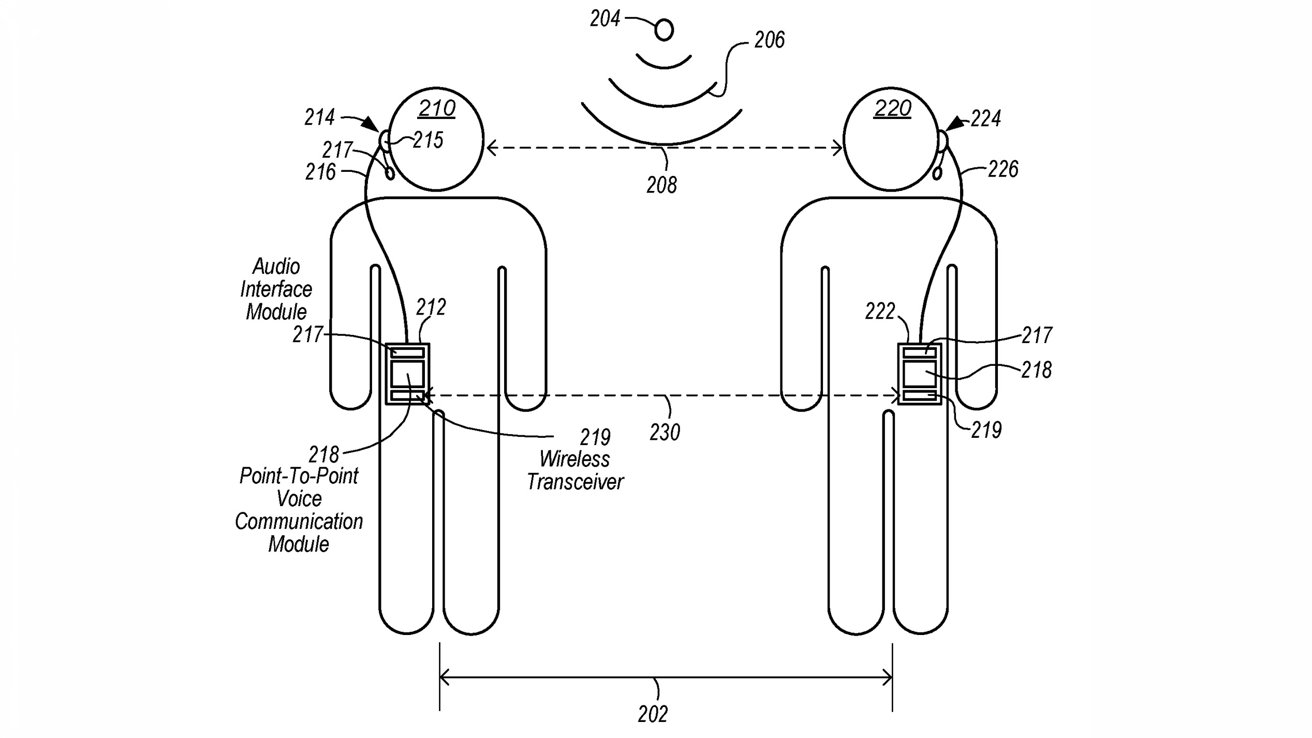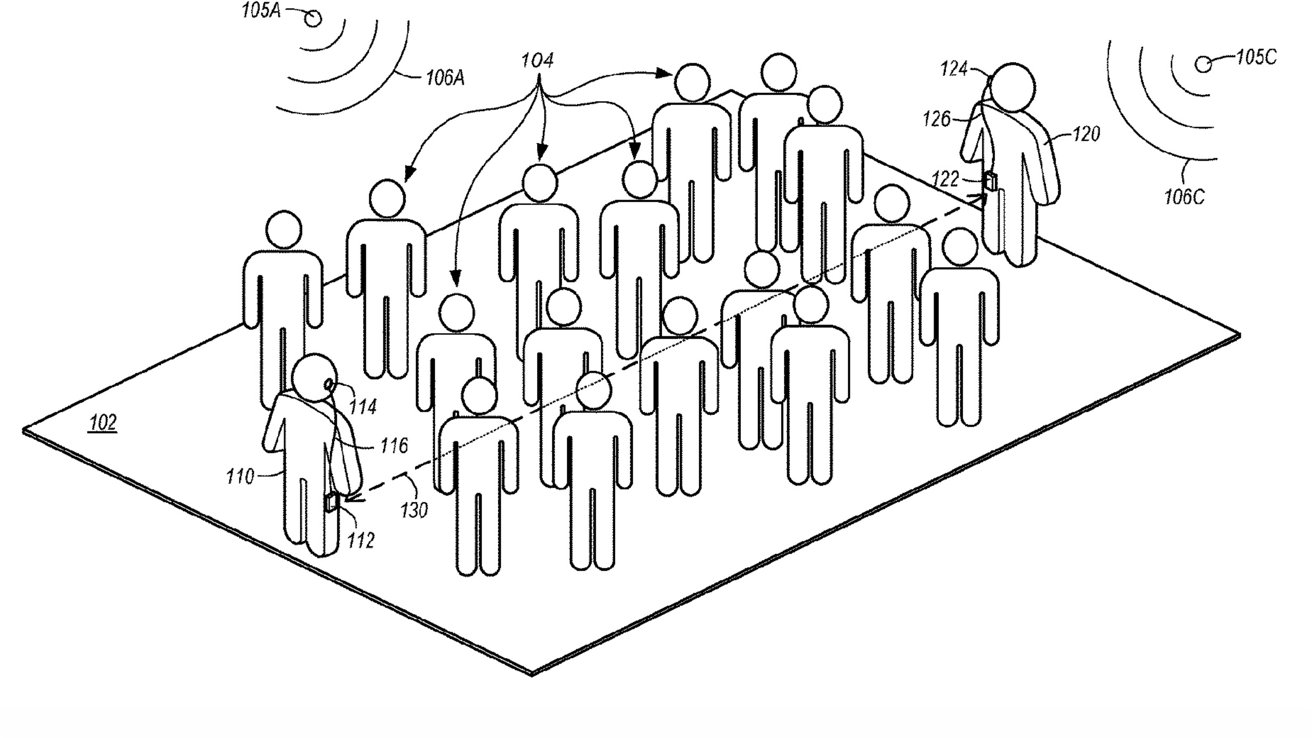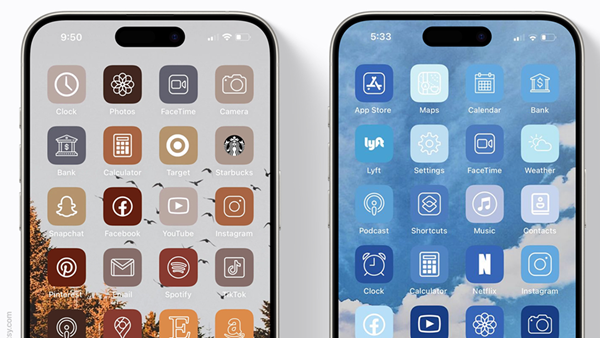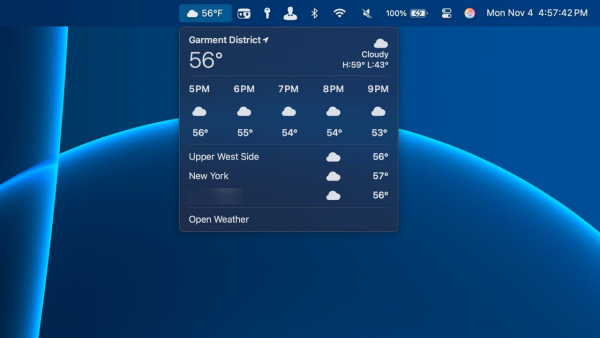Apple's patent reveals a new technology allowing devices like the iPhone and AirPods to chat with strangers without an internet connection
A new patent shows that Apple is developing a new technology to facilitate communication among strangers without the need for WiFi, cellular networks (where WiFi refers to internet-connected networks), or connection to Apple's servers, using a mesh network-like functionality to connect devices for walkie-talkie capabilities.
Apple has previously offered walkie-talkie functionality on the Apple Watch, but this relies on network and Apple servers for communication relay, limited to one-on-one chats.
The newly developed technology pertains to group chatting, enabling a scenario where a group of people in a mall can engage in group chats to discuss where to go, recommend stores, or fun places to visit.
For Apple, implementing this feature should not be difficult, as its AirDrop feature already operates without an internet connection, using WiFi and Bluetooth to establish a local network for content transfer, independent of the internet.
Additionally, Apple's Find My service uses Ultra-Wideband (UWB) technology to create a Bluetooth mesh network for transmitting encrypted content between devices, also without needing the internet.
This functionality would be particularly useful for tour groups using iPhones and AirPods, allowing guides to coordinate and direct without needing walkie-talkies.
According to Apple's patent documents, the iPhone could also use ultra-wideband technology to measure distances between users, displaying users within different ranges, somewhat like the "People Nearby" feature offered by some messaging apps.
However, while easy to implement, whether Apple will develop this feature remains to be seen, largely because the stranger + local mesh network communication could be easily abused, such as broadcasting advertisements 24/7 at a specific location.
Therefore, even if Apple develops this feature, it might come with significant usage restrictions, such as being available only in certain areas or markets. Many such patents are ambitious visions that may never materialize.











